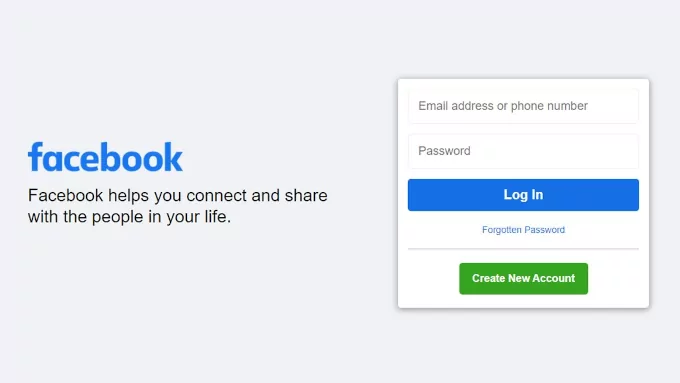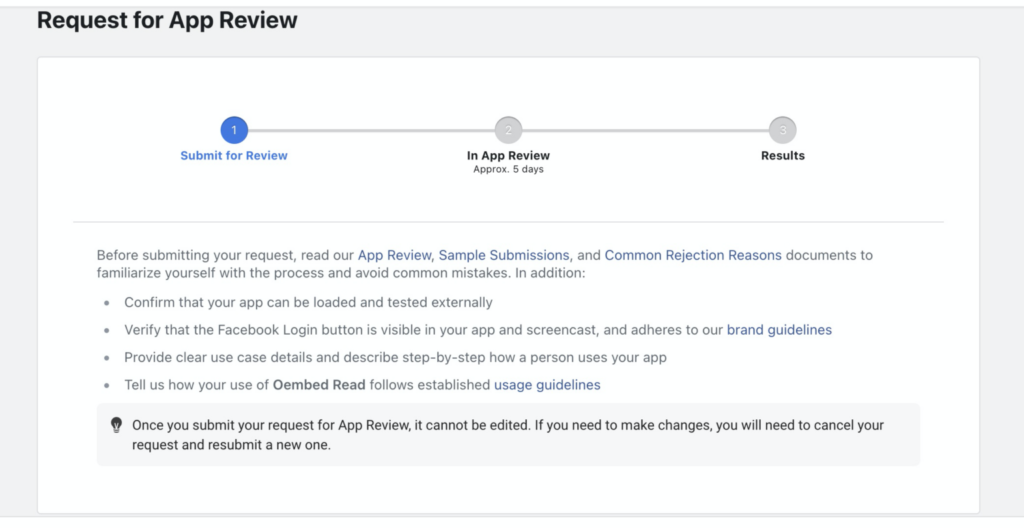Contents
Instead of generating a unique sign-in, Facebook Login enables users to access your website using their Facebook profile. Then, when a visitor logs in with Facebook, they also give you access to certain data.
These details could consist of their:
Email Public Profile Interests & Likes
Companions
The owner can profit from allowing users to log in using their Facebook accounts in many ways.
Visitors can log in more quickly and conveniently using Facebook login since they can use their existing account and password rather than having to create a new one. An average user creates almost 130 accounts with their email address, according to a Digital Guardian poll. Nonetheless, very few people create truly original passwords. Rather, more than 50% of account creators repurpose their passwords across many accounts. Serious security dangers are created by this practice.

Visitors are avoiding the creation of new accounts and associated security risks by utilizing Facebook to log into existing ones. They also have to remember fewer passwords, which speeds up and simplifies the login process.
You may examine their Facebook data as the website administrator, which provides you with useful demographic data like age, gender, education, address, and interests. Using such information, you can then tailor your website’s user experience to further appeal to your most significant demographic.
features available when logging in with Facebook:
Precise user profiles: Users can communicate with each other using their Facebook profiles on your website. You’ll be able to interact directly with users and witness more genuine exchanges.
Simple login on multiple platforms: Visitors may instantly log back in with their Facebook account and continue their experience on your website, regardless of the device they used to view it.
Capacity to combine several accounts: Visitors to your website are not limited to logging in with Facebook alone. They can use their phone number or email to log in as well. To make things go more quickly, all of their data is linked to their name.
Total authority for both the manager and the user: By giving each other control over the data that is shared, you and your visitors may build more trust and personalization.
The capacity to modify permissions: Users may decide at a later time to disclose information even if they didn’t wish to on their initial visit. You can later seek access to information with gradual permissions.
Ability to modify authorization: Your original Facebook login authorization settings are not fixed in stone. If you have visitors’ consent, you can progressively adjust your settings to meet your data requirements.
Express Login: Users can log in to their Facebook accounts without having to enter their credentials each time they visit. They can sign in to Facebook automatically with Express Login.
Follow these steps to customize the app and set up Facebook Login on your website.
Create an account on Facebook for developers.
You must first register for a Facebook for Developers account before you can begin configuring your Facebook Login. Select the option to log in and start the registration process on the Facebook for Developers page

Create Your Facebook Login App
You must make a Facebook app now that you have access to your developer account. To begin, go to your Facebook for Developers dashboard and click Create App.

On the next page, select the app type “Authenticate and request data from users with Facebook Login” and click Next.

On the next page answer “No, I’m not building a game” as this question is obviously for game apps.
Give the app name your email and the FB Account from the drop-down.

The next page offers your app settings. You might want to click on the Quickstart option to get to a wizard and set up your app easily.

Any app on numerous devices can have the Facebook Login feature added to it.
Click on web www and enter your website’s URL.
Make a copy of your JavaScript Facebook SDK. This is the fundamental Facebook login code. You add it to the body of the code on your website, before the </body> tag.
Check to discover whether anyone used Facebook to log into your website by using the “Check Login Status”.
Get a customized code to add to your website when you customize your login button.
Customize Your Facebook Login
You can now access your Facebook account on your website using a basic login. However, you should use the links on the last page to personalize your Facebook app if you want to get the most out of your account.
You can further modify your Facebook Login by adding a piece of code to your master code in the body of your website by selecting each option.

Allow Users to Remove Their Information
Visitors can easily delete any data you’ve acquired by clicking on the “data deletion” link. When users choose this option, they can log in with confidence knowing that they have a backup plan in case their data is misused or they decide they no longer feel comfortable allowing access to it.
Control the Access Token Configurations
When users log in, access tokens are linked to them and help you identify them in the system. You can alter certain parameters to modify the way the access tokens are managed and transferred.
Ask Website Visitors for Further Permissions
When people log in using Facebook, you’ll get a list of permissions from them. Only the visitor’s public profile and email address are allowed by default. You are still unable to access any additional data. You must first submit your app to Facebook for review if you want access to other details from their profile.
After being accepted, you have access to more than 50 different kinds of permissions. Visitors have the option to accept or reject each one. They can still log in using their account even if they refuse to provide certain access.
Using the instructions, add the code for each permission to your website. The app’s code will then show the visitor’s response when they log in and approve or reject the permissions.
View App Review Requests
Before you may access user data, your app must be verified through the app review process. The app review requests are located on the left side of your home screen. After that, click Request for any more rights you would like to add after scrolling through the list of possibilities.
To verify that your Facebook Login button is active and ready for testing, you must complete an online form. Additionally, explain how visitors utilize your website and how you plan to use the requested permission.
The evaluation procedure takes roughly five days. You’ll find out after that period if you’re accepted or rejected. Should you not be accepted, the developers will explain their decision. Make use of those justifications to enhance and strengthen your app and website’s security.

You are no longer required to squander important resources sorting through many login attempts.
Instead, use Facebook Login to help visitors log in more quickly and to get useful demographic information. The time it takes to construct your Facebook Login app is more than offset by the return on investment you’ll get from the additional visitors.
